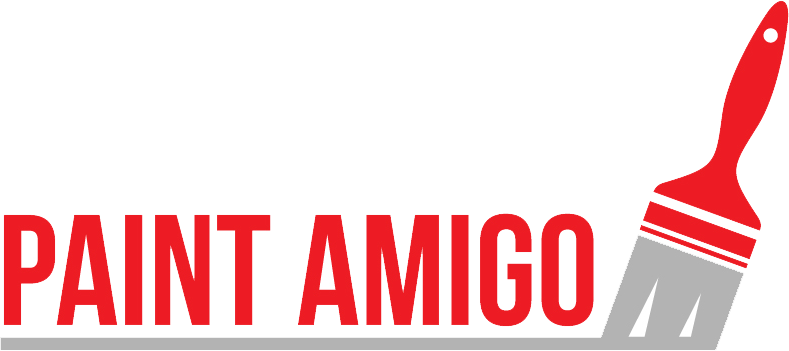A high-quality paint brush means a better-looking job with less effort. A good-quality brush holds more paint and apply it more evenly, which can save you time and help you get the results you want. Here are five things to look for when choosing brushes for your jobs:
1. Look for a well-constructed handle and ferrule
Look for metal ferrule that is nailed into a solid wood handle. A poorly constructed brush might have something like a ferrule that is simply machine stamped onto a plastic handle. Additionally, this type of construction is not secure, causing the ferrule to move around and even fall apart with use.
2. Look for good bristle quality
- Feel the tip. The bristles should have a soft, smooth feeling due to flagging (split or fuzzy ends). They should also be varying lengths so that they come to a slim tip. A well-tipped brush will paint with better coverage, a smoother texture and sharper lines when cutting in.
- Look inside the bristles. They should be densely packed all the way through the ferrule and not have a filler strip in the center. Without dense enough bristles, voids will fill with paint and create a mess.
- Check for good bend recovery. The brush should have solid bristles that spring back when bent at the base, not hollow bristles that will crimp.
3. Determine the best bristle type
Your choices are:
- Natural bristle: Made with animal hairs, these brushes are used for applying oil-based paints, varnishes, shellac, polyurethane and other oil-based finishes. Also, the natural flagging of these brushes creates split ends in the bristles that hold more paint and help ensure a smooth paint release and finish.
- Blended nylon/polyester: These brushes are easy to clean and work well with all types of latex paints. The combination of nylon’s durability and polyester’s shape retention makes for a high-quality brush that produces a high-quality paint finish. What’s more, these durable brushes are built to handle numerous projects. So, with proper care, nylon/polyester brushes should last for years.
- Polyester: These brushes are best for latex paints. Also, they hold their shape and stiffness in any paint and apply paint smoothly and evenly.
4. Pick the right paint brush size
The size you select is based on your preference for speed versus precision, but a good rule of thumb is:
- 1- to 2-inch brush: Use for windows and other small trim.
- 2 ½- to 3-inch brush: Use with glossy paints for doors and cabinets, and to cut in walls.
- 4-inch brush: Use on large, flat areas.
5. Determine the right paint brush style
- Thin Angle Sash: Slanted bristles and a thin profile produce a good, straight line for trimming in corners and edges.
- Angle Sash: Features slanted bristles and holds more paint than its thin counterpart. Excellent for cutting in at the ceiling or painting trim.
- Flat Sash: Bristles are straight across and used primarily for applying paint over flat areas.
- Trim: A flat brush excellent for painting large flat surfaces, especially exterior siding.
- Wall: A thick flat brush that holds a larger amount of paint. Excellent for painting larger surface areas.
So Amigos, do you recommend any other tips on selecting paint brushes? Share below…
Also, check out Paint Amigo’s brush recommendations below (Amazon affiliate links)…
No products found.
P.S. Download my free eBook The Profitable Painter. Click here.





